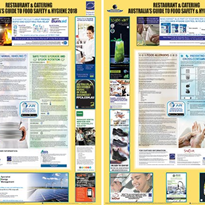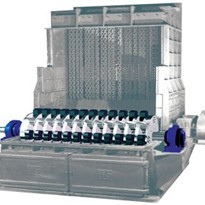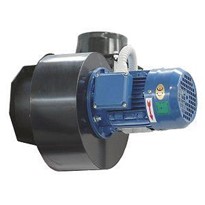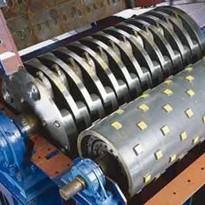Deep underground the unique benefits of EVs speak loudly of a shift to electrification, slashing the cost of ventilation, fuel and vehicle maintenance. Under a harsh outdoor sun and in some of the most remote mines in the world, ‘range anxiety’ just isn’t an issue with the short runs of a typical mining EV work horse and with abundant solar powered charging stations on site.
Ironically, the world’s largest EV (a 110-ton dump truck) never needs to visit a charging station when working on a mountaintop mine because the beast's regenerative braking system recaptures more than enough energy to refill the charge when descending with a full load (65 tons) than it used going up the hill. A typical dump truck uses between 40,000 and 80,000 litres of diesel fuel a year.
A lot of the maintenance cost and up time benefit of EVs comes from the fact that their system components are in a large part solid state, there aren’t many wear parts and even less moving parts. They are relatively easy to protect from the often challenging aspects of the underground environment such as dust, acidic and saline water and rough terrain. These benefits result in a drive train that will last longer than we would normally expect a vehicle to last in an underground environment.
While many of us mourn the demise of the big three car assemblers in Australia, we still manufacture trucks, buses and make specialist mining and defence vehicles, and here lie opportunities for entrepreneurial businesses to hook on to the early stages of an EV boom. 
For example, in Orange (NSW) GB Auto has secured the most valuable deal for electric vehicles in the Australasian region to date - a $322 million deal to convert Toyota Hilux and Land Cruisers to electric drivetrains. 
In the Hunter region of NSW the TRITEV underground mine EV is the first fully battery electric retrofit 20 tonne loader suitable for deployment into underground hard rock mines. It was developed by a partnership between 3ME and Batt who will further develop EVs in the Hunter region of NSW.
3ME was also involved in the development of Safescape’s Bortana - a new light EV for underground mining which is currently in beta-phase testing in mines throughout Australia. The Bortana is also suitable for military, agricultural and firefighting applications. 
Beyond the mining industry there are many green shoots emerging, especially with commercial vehicles and busses. Australian Clean Energy Electric Vehicle Group (ACE-EV) has signed a deal to begin assembling carbon fibre composite and plastic electric vans at the Aldom manufacturing plant in Wingfield, north of Adelaide’s CBD. ACE-EV said the company had orders for 100 electric delivery vans to be assembled at the plant, and hoped to scale up to 15,000 electric vehicles by 2025.
As a major Australasian supplier of cable management products that are used in the manufacture of EVs, such as sleeving, heatshrink tubing, terminals, cable glands, cable ties, plugs and much more, we at NPA couldn't be more excited with the electrification of Australian mining and we hope many more Australian businesses can create value from it too.


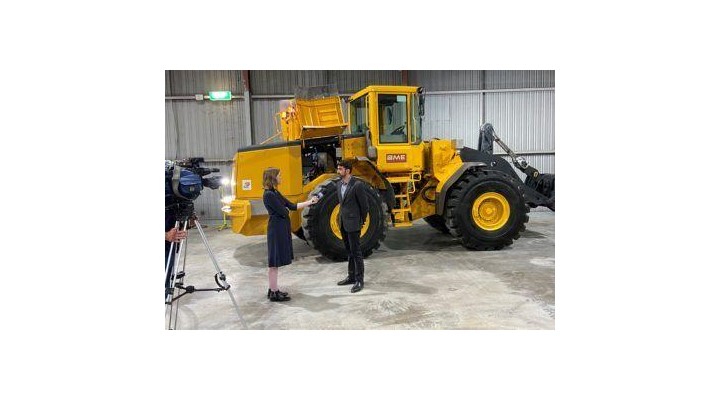
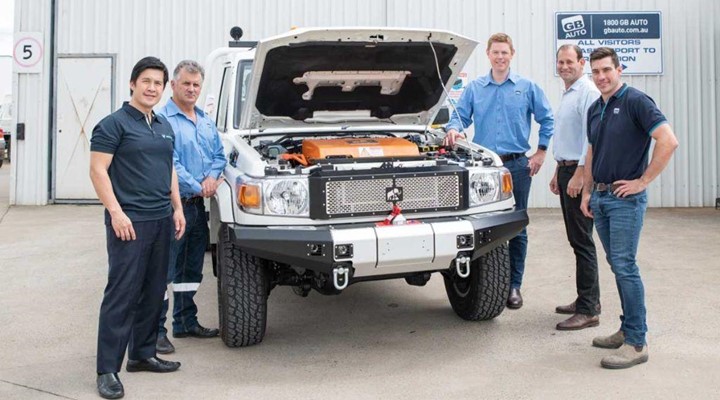
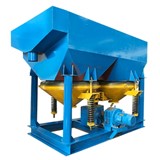
-160x160-state_article-rel-cat.png)


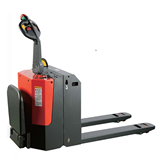


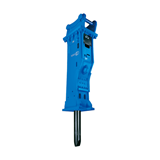




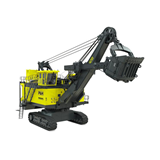
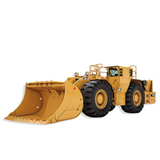



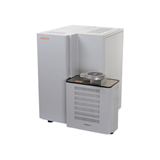
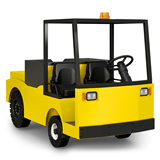


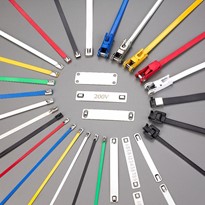
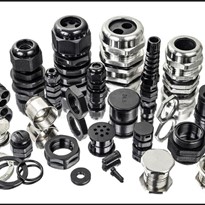
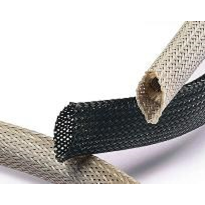
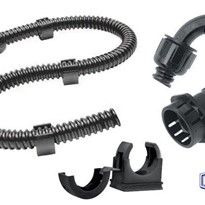
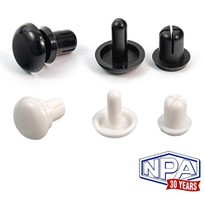
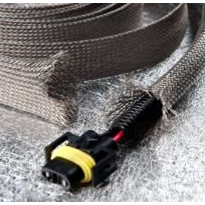
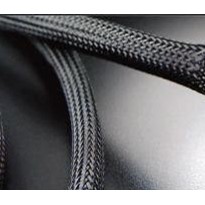
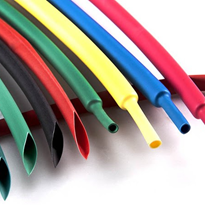

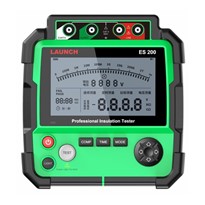
-205x205.jpg)
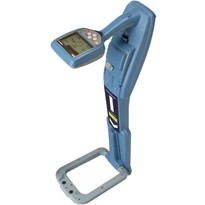
-205x205.jpg)
